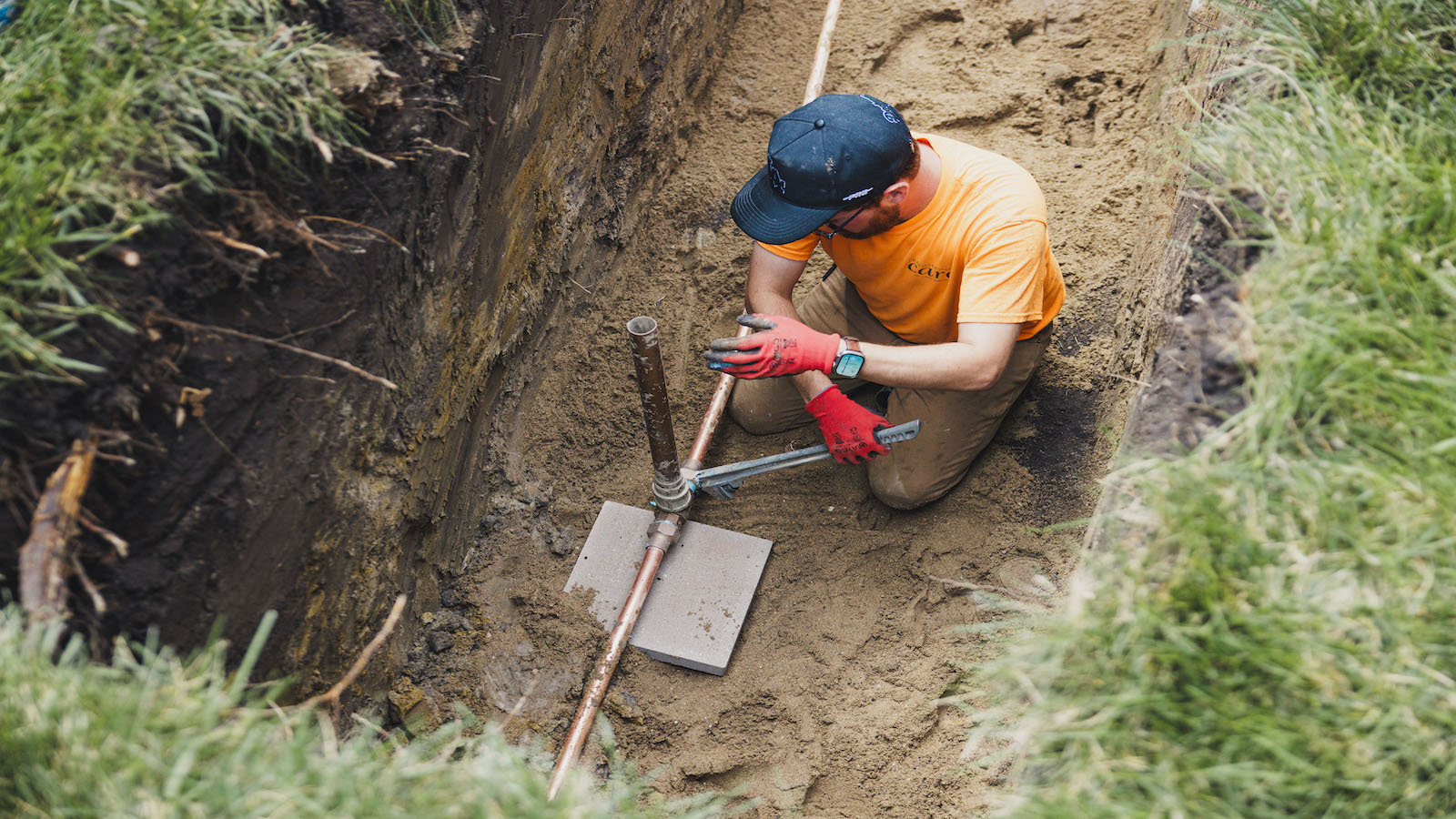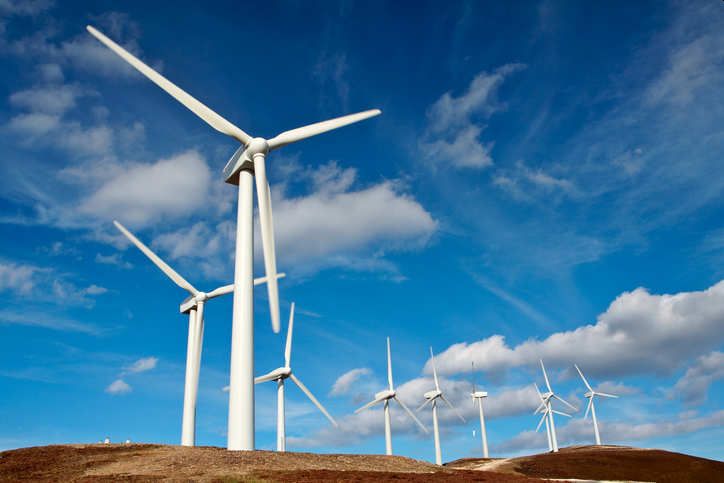In March, President Donald Trump and Tesla CEO Elon Musk appeared on the lawn of the White House to show off a line of electric vehicles, transforming, for a moment, the commander in chief into the car salesman in chief.
Five months later, Musk and Trump are no longer on friendly terms, the red Tesla that Trump purchased during that appearance has left the White House grounds, and the president signed into law earlier this summer what was known as the One Big Beautiful Bill, or OBBB, which yanks federal support for electric vehicles.
And yet Trump still appears to be selling electric cars. Just look at the numbers: JD Power projects that electric vehicles will account for a record 12.8 percent of all U.S. sales in August, up 3.2 percent from this time last year. “There’s a rush,” said Tyson Jominy, the firm’s senior vice president of data and analytics.
The spike in electric interest mostly stems from the death of the $7,500 EV tax credit, analysts say, which was given a death sentence when Trump signed the GOP-supported OBBB on July 4 and is set to expire at the end of September. Buyers interested in EVs seem to understand that they should get into dealership lots and showrooms ASAP to take advantage of that now-temporary deal.
(The IRS clarified last week that while buyers have to sign their contracts and put down a payment on their EVs before October to qualify for the credit, they don’t necessarily need to take delivery of the vehicle, giving tardy buyers a bit more time to secure their electric deals.)
But the tick up in EV sales isn’t permanent. Analysts expect U.S. EV sales may fall back to earth after September. “It’s very likely that we’ll see the ‘payback effect’ at the end of this year, and maybe into 2026,” said Jominy, meaning EV sales will probably slow.
The specifics of a sales slump are still unclear, and they depend in large part on the reactions of auto manufacturers and dealers. Automakers could hold down prices in the hope that buyers will stay motivated to show up. Dealers want to move EVs off their lots and could keep aggressive sales incentives rolling into the fall.
Both are still contending with the effects of auto tariffs. These put pressure on even U.S. automakers, who manufacture some of their most affordable vehicles in Mexico and Canada and face 25 percent tariffs on imports.
What will the U.S. transition to electric vehicles look like without federal support? Many industry observers are ready to call the situation a bump in the road. “We are still bullish on the long-term future of EV sales in the U.S.,” Mark Schirmer, the director of industry insights at Cox Automotive, wrote in an email. “EVs are simply better vehicles.” Slowly, autos with more powerful batteries, longer ranges, faster charging times, and lower prices are showing up on lots. Charging stations are popping up in more places. More and more Americans should begin to decide that going electric is right for them.
Still, the U.S. is falling behind the rest of the world in the transition to electric cars. The International Energy Agency predicts that EVs will account for more than a quarter of new global car sales this year. Despite this Hot EV American Summer, U.S. adoption is hovering around just 8 percent. U.S. automakers are left to figure out how to make and market new-energy cars for the rest of the world, vying with European, Asian, and especially Chinese automakers, while keeping the laggier U.S. market happy in the meantime.
“The threat is really to U.S. automakers’ international competitiveness,” said Sean Tucker, the lead editor for Kelley Blue Book. “They have to catch up with the Chinese EVs, or they could become an island.”
Source link
Aarian Marshall grist.org



